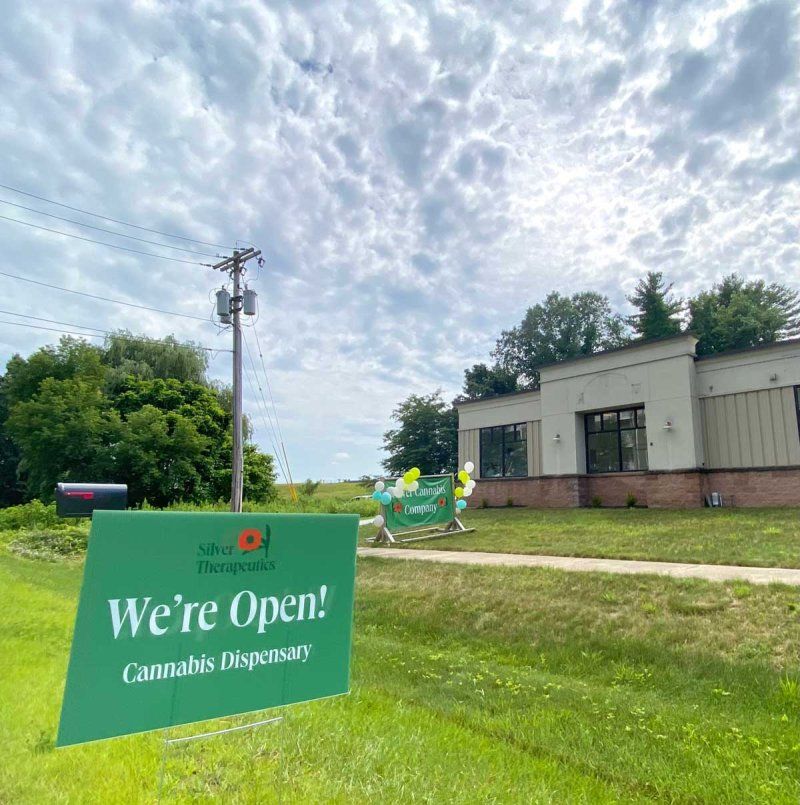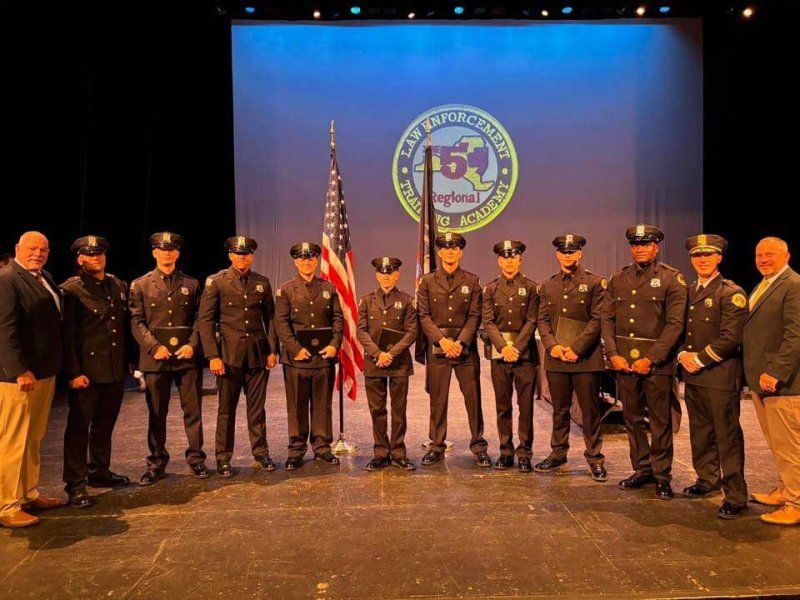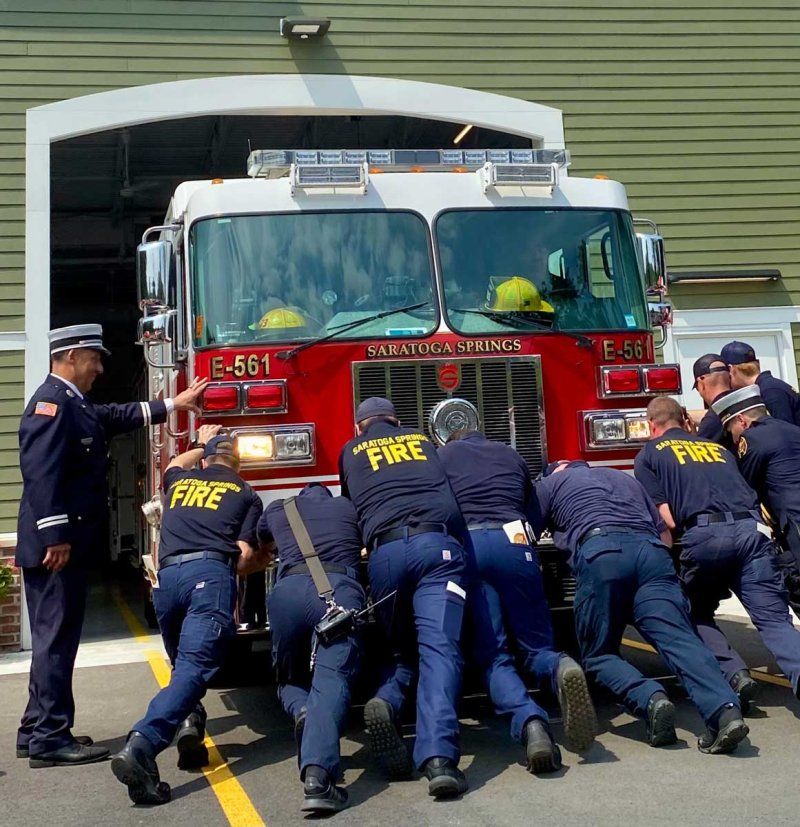Seasonal Parking Program Update: More than 11,000 Permits Issued, $80K in Revenue To Date
SARATOGA SPRINGS – The newly implemented seasonal parking program, which charges non-city residents up to $2 per hour to park in city owned parking garages and lots has thus far generated approximately $82,000 in new revenue.
“We are still ramping up,” DPW Commissioner Jason Golub said this week. “We’ve only had one week into the track season, and I hope to see revenues continue to increase.”
The installation of pay stations as part of the seasonal parking program got underway in mid-June and will run through Labor Day. The pay plan is in effect in three city-owned parking garages – Walton/Woodlawn Parking Garage, Woodlawn Ave. Parking Garage, and Putnam St. Parking Garage, and three city surface parking lots – specifically located at Woodlawn Ave., Spring Street, and High Rock.
“The launch was a bit chaotic, but I don’t have an issue with it and it was bound to happen,” says Dave Barker of Impressions of Saratoga – which is celebrating its 45th year in the Spa City.
City residents, as well as downtown businesses and their employees, are allowed to park in the pay station areas without cost, via a permitting process.
“As an employee, I don’t have to pay for parking and I appreciate they’re doing that for the employees downtown,” said Jericha Harriman, store lead at Northshire Bookstore on Broadway.
The city has issued 11, 256 parking permits – and of those are 3,300 business permits, Golub said. A total of 266 businesses have registered for permits. The Saratoga Springs Public Library has also recently gone to a paid parking plan as well regarding its 75-or-so available spaces in its lot just off Henry Street.
Not everyone is pleased with the seasonal paid parking plan. John Nemjo, owner of Broadway’s Saratoga Outdoors – formerly Mountainman Outdoor Supply Company, and its sister store Life is Good Saratoga, has been in Saratoga Springs for more than 15 years. Nemjo was opposed to the seasonal parking plan since its conception and says he hasn’t seen anything to change his opinion.
“A lot of people in Saratoga have avoided downtown for years during track season and this is just another incentive for people to not come downtown,” says Nemjo, adding that sales are down since June and attributing that downtick, at least in part, to the paid parking format implemented in city owned lots and garages. He also expressed displeasure with the lack of a clarity indicating that the program is operational only during the summer months.
“All people know is: there’s paid parking in Saratoga Springs. We have a year-round customer base of locals who live in Saratoga Springs and locals who live beyond the city limits, the core and the bread-and-butter of this city’s retail community. All these people in surrounding communities – they don’t get free parking passes,” Nemjo says. “We’re locally supported 12 months a year, and you’re chasing those people away.”
The City Council unanimously approved the plan in April, and the city anticipates nearly $1.6 million as first-year estimated revenue, with about $450,000 in expenses.
“We will continue to monitor the program through the summer and work with the DBA (Downtown Business Association), the City Council and residents on making sure that we understand where we’ve done a good job, and where we’ve done not such a good job and can make improvements,” Commissioner Golub said, crediting the city’s Public Works and Public Safety departments for getting the plan up and running in short order.
When the seasonal parking program concludes in September, the pay machines will be removed.
Residents or downtown businesses seeking a parking permit are directed to go to the city’s website – at saratoga-springs.org – or physically visit the Department of Public Works office at City Hall. Library patrons are directed to visit sspl.org to review the library’s permit process.









